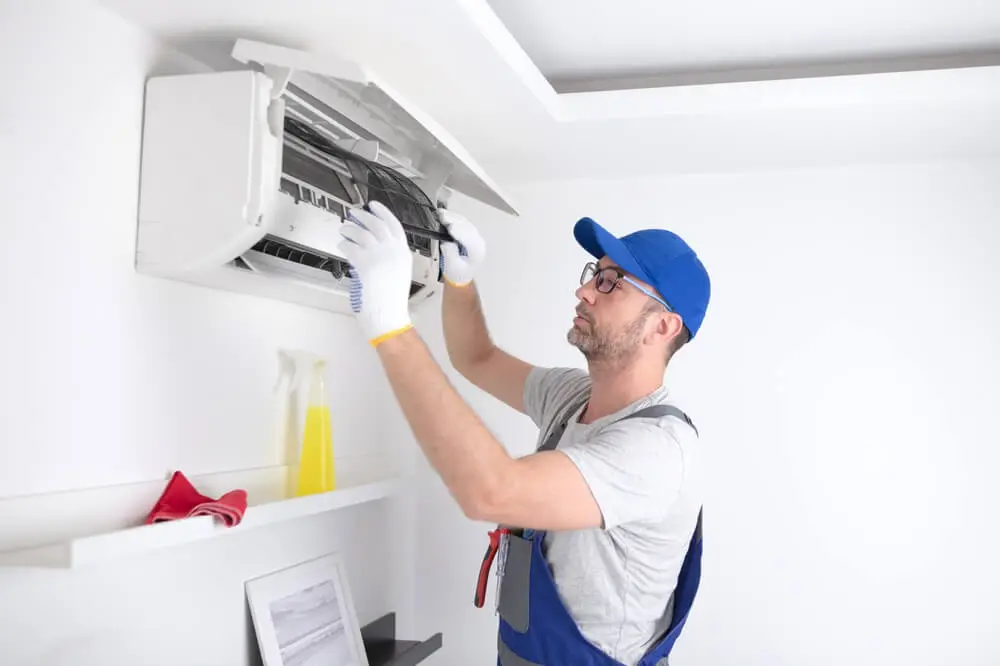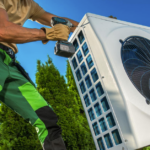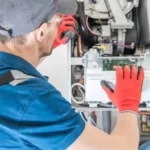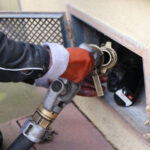How to Conduct Comprehensive Industrial AC Maintenance Checks: Ensuring Optimal Performance
Industrial air conditioning (AC) systems are critical for maintaining comfortable and productive working environments in manufacturing facilities, warehouses, and other industrial settings. However, without regular maintenance, these systems can experience inefficiencies, breakdowns, and costly repairs. In this guide, we’ll discuss the importance of conducting comprehensive industrial AC maintenance checks and provide practical tips for ensuring optimal system performance.
Content
The Problem: Neglected Industrial AC Systems
Industrial AC systems are often subjected to harsh operating conditions, including high temperatures, dust, and heavy usage. Over time, these factors can take a toll on system components, leading to decreased efficiency, increased energy consumption, and potential system failures. Without regular maintenance checks, industrial AC systems may suffer from issues such as clogged filters, refrigerant leaks, faulty electrical connections, and worn-out components, compromising overall performance and reliability.
The Solution: Comprehensive Maintenance Checks
To address the challenges posed by neglected industrial AC systems, conducting comprehensive maintenance checks is essential. These checks involve thorough inspections, cleaning, and servicing of various system components to identify and address potential issues before they escalate into major problems. By proactively maintaining industrial AC systems, facility managers can ensure optimal performance, energy efficiency, and longevity.
Key Components of Comprehensive Maintenance Checks
- Inspecting Air Filters: Dirty or clogged air filters restrict airflow, reduce system efficiency, and impair indoor air quality. During maintenance checks, inspect air filters for dirt, debris, and signs of damage. Clean or replace filters as needed to ensure unrestricted airflow and efficient operation.
- Checking Refrigerant Levels: Proper refrigerant levels are crucial for maintaining optimal cooling capacity and efficiency in industrial AC systems. Check refrigerant levels and inspect for leaks using specialized equipment. If refrigerant levels are low or leaks are detected, promptly address the issue to prevent system inefficiencies and potential damage.
- Inspecting Electrical Connections: Loose or faulty electrical connections can lead to system malfunctions, increased energy consumption, and safety hazards. During maintenance checks, inspect electrical connections, terminals, and wiring for signs of wear, corrosion, or damage. Tighten connections and repair or replace damaged components as necessary to ensure safe and reliable operation.
- Cleaning Condenser and Evaporator Coils: Dirty condenser and evaporator coils hinder heat transfer, reduce system efficiency, and increase energy consumption. Clean coils thoroughly using a soft brush or vacuum cleaner to remove dirt, dust, and debris buildup. Regular coil cleaning improves heat transfer efficiency and prolongs system lifespan.
- Inspecting Fan Blades and Motors: Faulty fan blades or motors can impair airflow, increase energy consumption, and lead to system overheating. Inspect fan blades for damage, wear, or misalignment, and ensure proper balance and rotation. Check motor bearings, lubricate as needed, and replace worn-out components to maintain optimal fan performance.
Conclusion:
In conclusion, conducting comprehensive maintenance checks is essential for ensuring optimal performance, energy efficiency, and reliability of industrial AC systems. By addressing potential issues proactively and implementing preventive maintenance measures, facility managers can minimize downtime, reduce repair costs, and prolong the lifespan of industrial AC equipment. With the expertise of a trusted HVAC service provider like Target HVAC Los Angeles, industrial facilities can maintain comfortable and productive working environments year-round.

I am Scott Miller and my love is writing about home improvement. I write mostly about home ideas, but also share some tips and tricks that can make your life easier when it comes to getting things done in the house.




